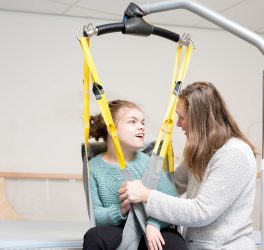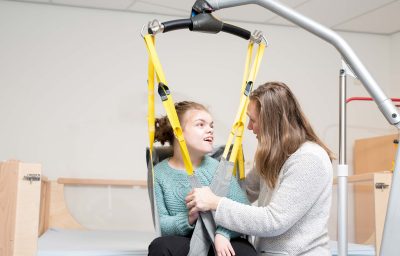
People with autism may experience sensory hypersensitivity more often than people without autism, according to the National Autism Association. Among other responses, this hypersensitivity can lead to “sensory overload,” when sensory systems like vision or hearing are “overwhelmed” by stimuli.
Scientists do not fully understand the differences in how sensory systems perceive and process stimuli in people with ASD, or the neurological and physiological changes to the brain that are associated with these differences.
In a paper published May 29 in Nature Communications, a team of scientists at the University of Washington, the University of Minnesota and the Johns Hopkins University reports that differences in visual motion perception in autism are accompanied by weaker neural “suppression” in the visual cortex of the brain.
“Our work suggests that there may be differences in how people with autism focus their attention on objects in the visual world that could explain the difference in neural responses we are seeing and may be linked to symptoms like sensory hypersensitivity,” said lead author Michael-Paul Schallmo, an assistant professor of psychiatry at the University of Minnesota.
Schallmo is a former UW postdoctoral researcher who worked on this study with co-author Scott Murray, a UW professor of psychology and a research affiliate with the UW Center on Human Development and Disability.
“One of the interesting aspects of our findings is that they show that the reduction in neural suppression actually results in better performance in the motion discrimination task,” said Murray. “So, a potential downside of reduced neural suppression is that it may lead to sensory hypersensitivity but it is also accompanied with a potential upside — enhanced visual motion perception.”
The team used functional MRI and visual tasks to study visual perception in 28 young adults with autism and 35 without autism. They found that participants with autism showed enhanced perception of large moving stimuli compared to those without autism. Brain activity showed unique responses to visual stimuli in individuals with ASD: In particular, the visual cortex showed less neural “suppression,” meaning that levels of activity in this region of the brain were higher than in participants without autism.








